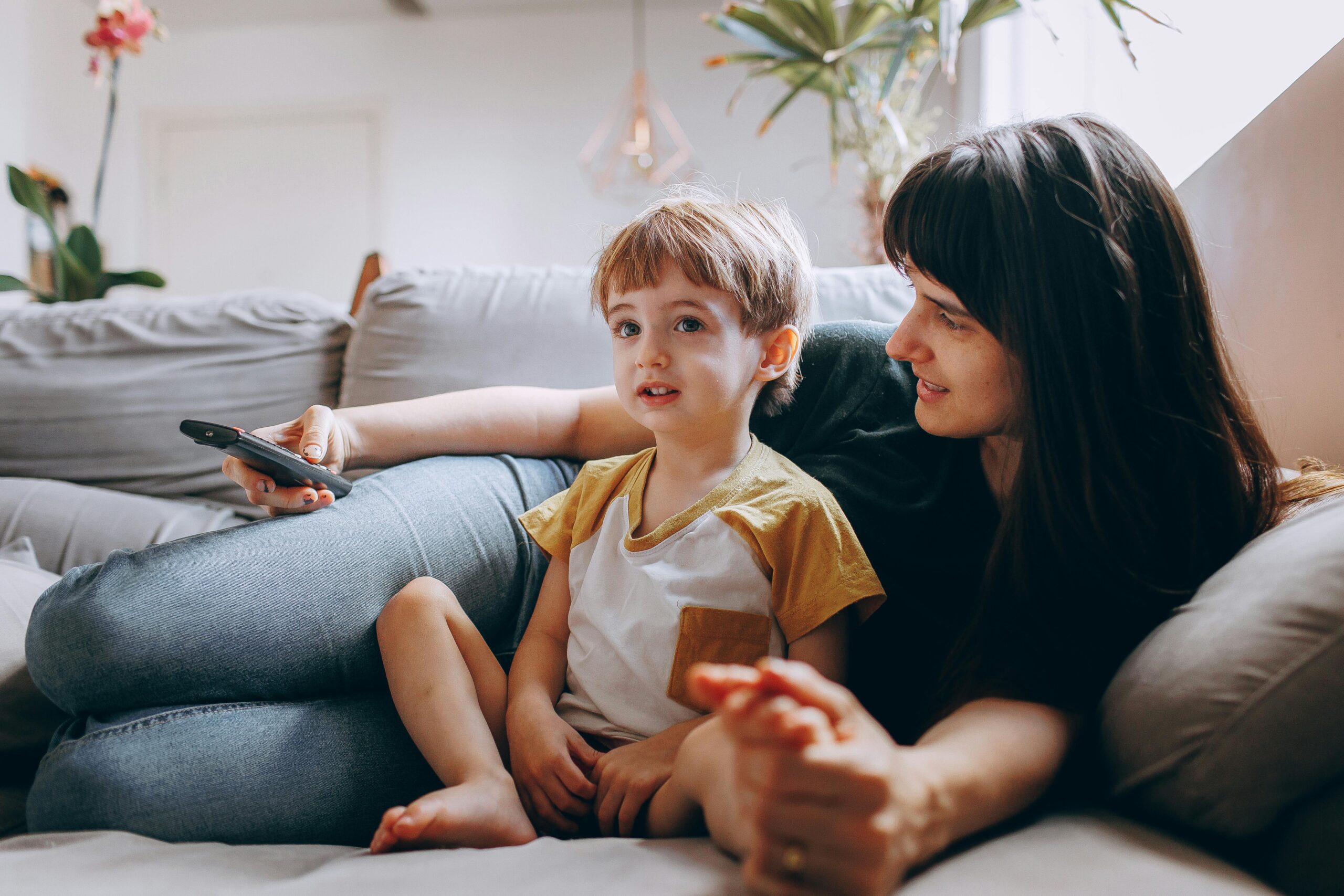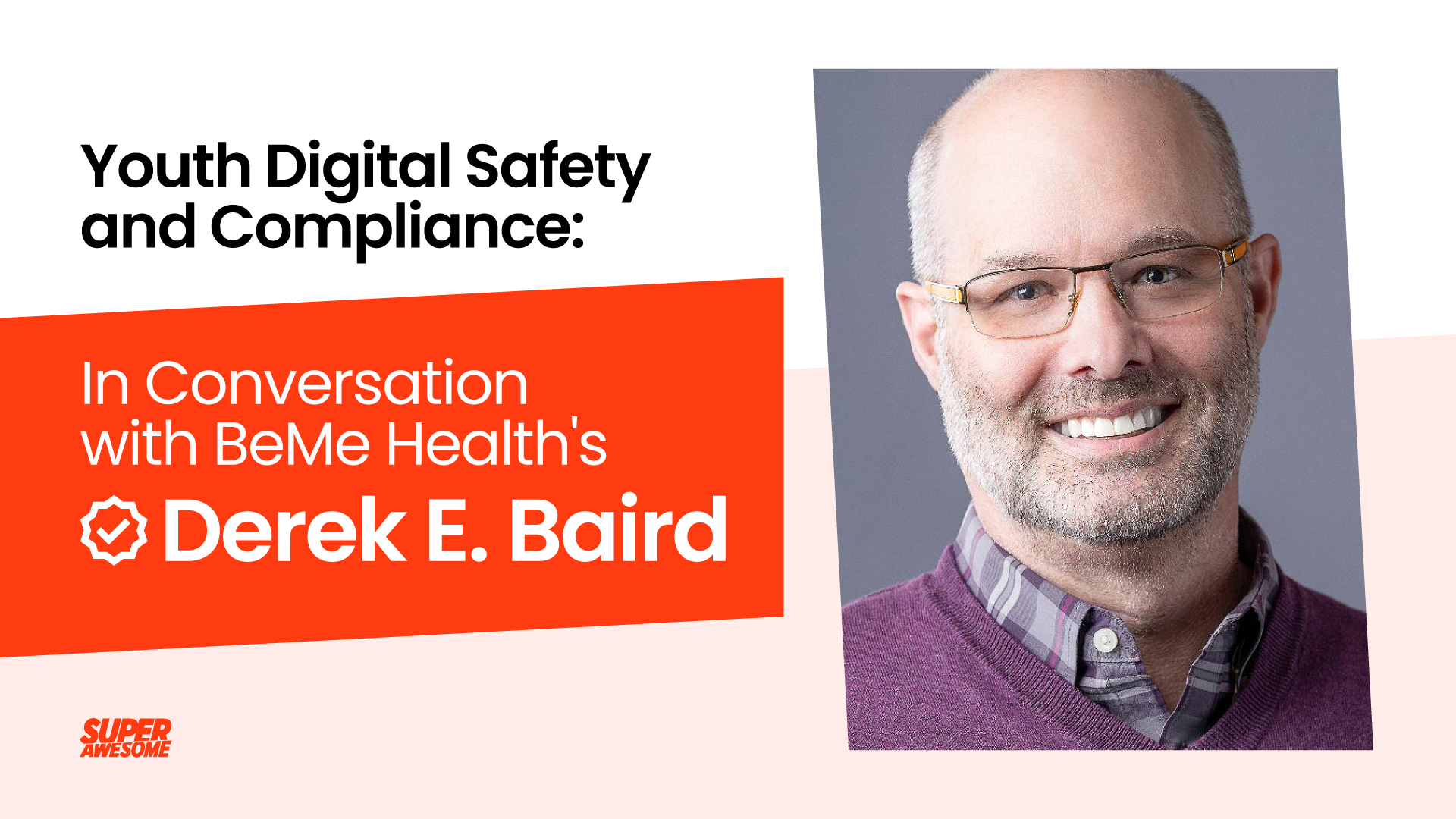Apps and games that need to collect personally identifiable information (PII) from kids require the parents to give their consent. Given the sensitive nature of this information, we take extra measures to make sure that the parent of the child is really the one giving the consent. Under COPPA and GDPR-K, one of the ways to do so is by performing a credit card transaction for a small charge ($1).
Here are some of the interesting things we’ve learned while iterating on our parental consent flows:
1. It’s all about the weekend
The VPC conversion rate doubles during a typical weekend day, when kids have more leisure time. This is indicative of “sleeve-tugging behavior” where the kid signs up, and then pesters the parent for their consent to play. Most parents who give consent do so within 7 minutes of the kid finishing signing up.
Our Developer Newsletter is a technical look at developing apps and experiences for kids. Sign up here to receive our quarterly updates on VPC, kids identity and more.
2. Desktop is dead
Ten times more parents access the Parent Portal and give consent on mobile devices than on desktop. This, combined with the seven minute sign-up time referenced above, shows that parents are giving consent on the go, rather than setting aside time to review the content of a game or site. The lesson here? Keep everything as short as possible, to optimise better for the small mobile screen.
3. There are plenty of categories of “kids”
This will come to no surprise as anyone who regularly interacts with kids, but the under-13 market is full of many age segments, all of whom behave differently. For example, we have a 5 times higher success rate of getting 5 year olds through our credit card consent flows than 12 year olds.
4. Geography makes a difference
When it comes to VPC, we’re as interested in behaviour of the parents as we are of the kids, and there are patterns throughout. Requiring parents to give up credit card information presents a significant barrier – more so in some countries than others. For example, our experience shows a 14% conversion rate in Japan and the UK, but a scant 0.2% in India. This statistic is partly driven by the low penetration of credit cards in India, so we are currently testing other documents that can support VPC.
5. Understanding the behaviour of kids is everything
Today’s digital natives are smart and that can sometimes make our processes more difficult. For example, if they’re going to get an inferior experience when they tell the truth about their age, it’s not going to take kids long to figure it out (and tell their friends). That’s why we spend so much time minimising the barriers to their app or game play experience so they get a smooth UX along with an age-appropriate experience. This makes COPPA compliance doubly challenging – our mission is to make a world so that kids don’t have to lie about their age to access awesome digital experiences.
Interested in finding out more about how we’re creating compliant, engaging experiences for kids? Download our Tankee case study – or find out more about parental consent, push notifications, and the parts of COPPA and GDPR-K that devs need to pay particular attention to.
Avinash Royyuru is Product Manager for Kids Web Services at SuperAwesome.





